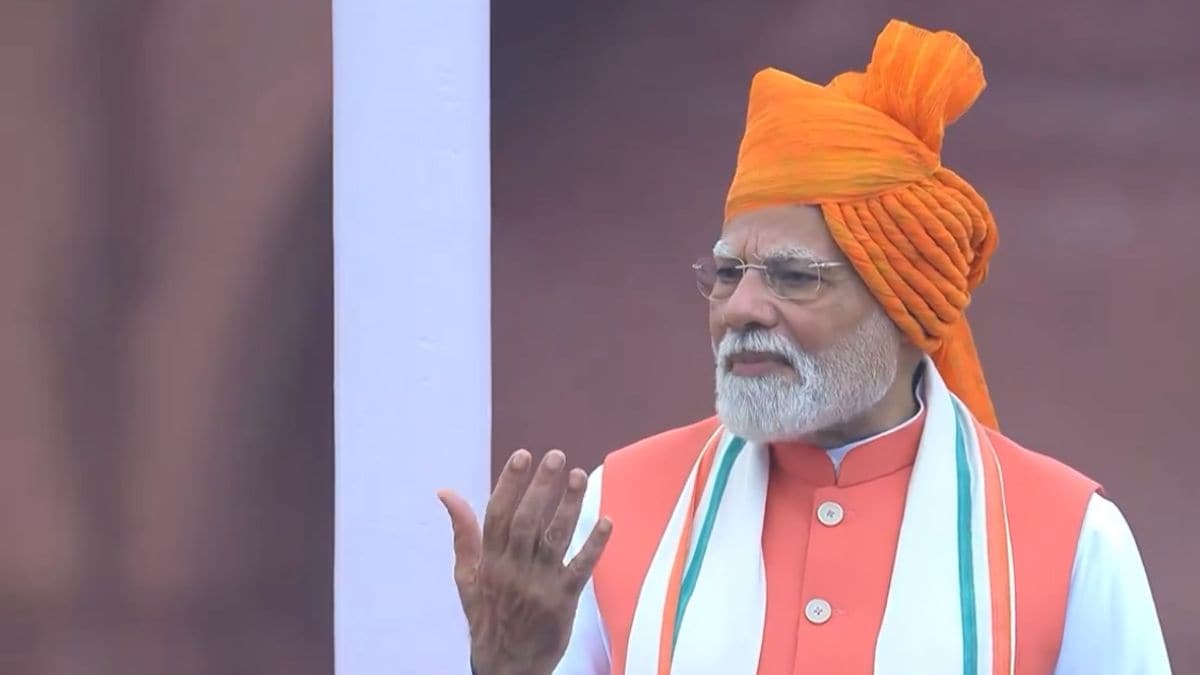

India's economic progress is significantly tied to the strength and expansion of its middle class, with the country witnessing a substantial decrease in poverty levels. Prime Minister Modi has emphasized that approximately 25 crore people have moved out of poverty and are now part of the neo-middle class, highlighting their aspirations as a robust foundation for national advancement.
Poverty Reduction: India has made remarkable strides in poverty reduction, achieving one of the fastest rates of poverty reduction among large countries in recent history. Between 2011-12 and 2022-23, approximately 269 million people escaped extreme deprivation. The extreme poverty rate declined from 27.1% to just 5.3% during this period. Projections suggest that by 2025, the national extreme poverty rate could further decrease to 4-4.5%, indicating near eradication. The World Bank's Spring 2025 Poverty and Equity Brief indicates that 171 million people have been lifted out of extreme poverty. Additionally, there have been substantial gains in poverty reduction at the lower-middle-income level, with the rate falling from 61.8% to 28.1%, thereby lifting 378 million people out of poverty.
Drivers of Poverty Reduction: Several factors have contributed to India's success in poverty reduction. Sustained economic growth, robust welfare systems, and the strategic use of technology have played crucial roles. Rural transformation, driven by agricultural reforms and rural welfare schemes, has been particularly striking, with poverty rates falling significantly from 18.4% to 2.8%. Urban poverty has also declined, from 10.7% to 1.1%, reflecting urban employment growth and better-targeted social protection. Four states—Uttar Pradesh, Bihar, Madhya Pradesh, and Rajasthan—accounted for nearly two-thirds of the national poverty decline, with Uttar Pradesh alone lifting close to 60 million people out of poverty.
Expanding Middle Class: India's middle class is poised to drive consumption-led economic growth. Rising incomes, rapid urbanization, and a shift towards premium products are fueling this expansion. It is estimated that India's middle class will constitute 50% to 70% of the population in the 2030s. By 2030, the country's working-age population (15 to 64 years) is expected to reach 100 crore, making up one-fifth of the global workforce. Per capita income is expected to grow by up to 70% by 2030, potentially reaching USD 4,000.
Government Initiatives: The government has focused on strengthening the middle class and the neo-middle class through various policy measures. These include tax relief, with no tax on income up to Rs 12 lakh in the budget. The government has also emphasized infrastructure development to facilitate the journey from a developing to a developed nation. Schemes such as the Pradhan Mantri Mudra Yojana, PM SVANidhi, Ayushman Bharat, and PM Awas Yojana have played a critical role in improving the economic status of Indians. The Pradhan Mantri Jan Dhan Yojana, aimed at opening bank accounts for every Indian, has promoted financial inclusion, with over 51 crore accounts opened.
Challenges and Future Outlook: While India has made significant progress, challenges remain. The rising cost of living, particularly healthcare and education expenses, poses a financial challenge for lower-middle-class households. To maintain progress, continued focus on education, infrastructure, and social programs is essential. The government aims to transform India into a global manufacturing hub, which will further boost economic growth and create employment opportunities. The long-term challenge involves not just expanding the middle class but also securing its economic foundation and ensuring opportunities for those still climbing the economic ladder.